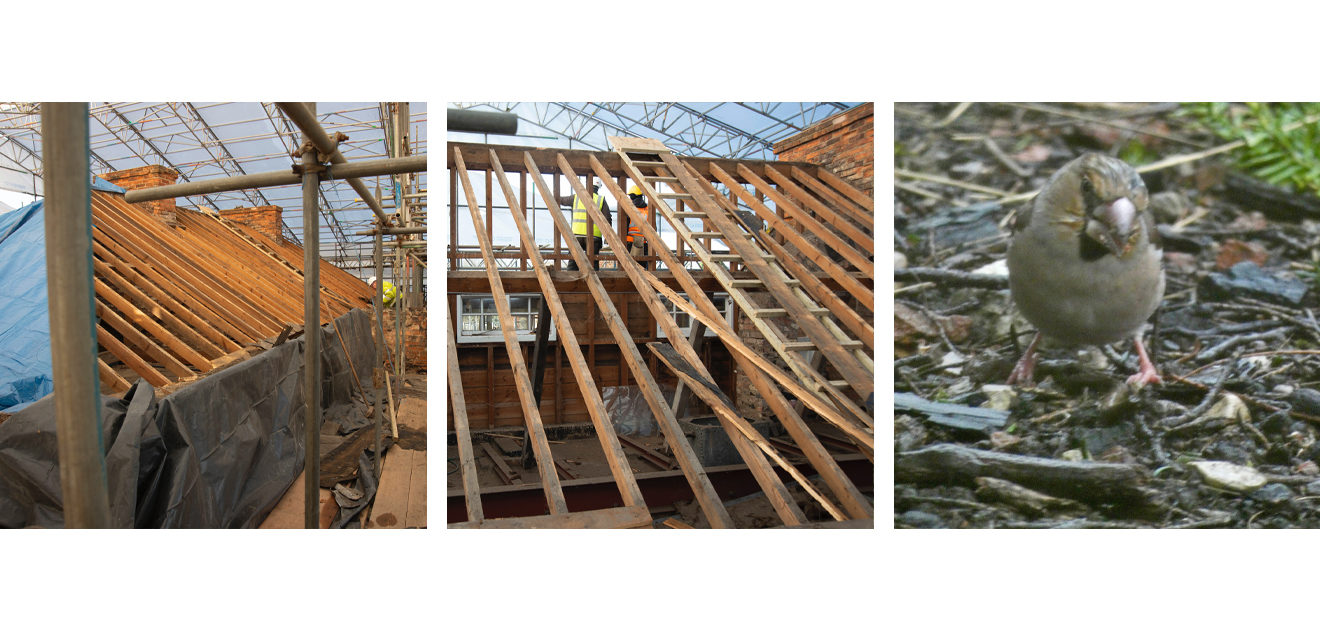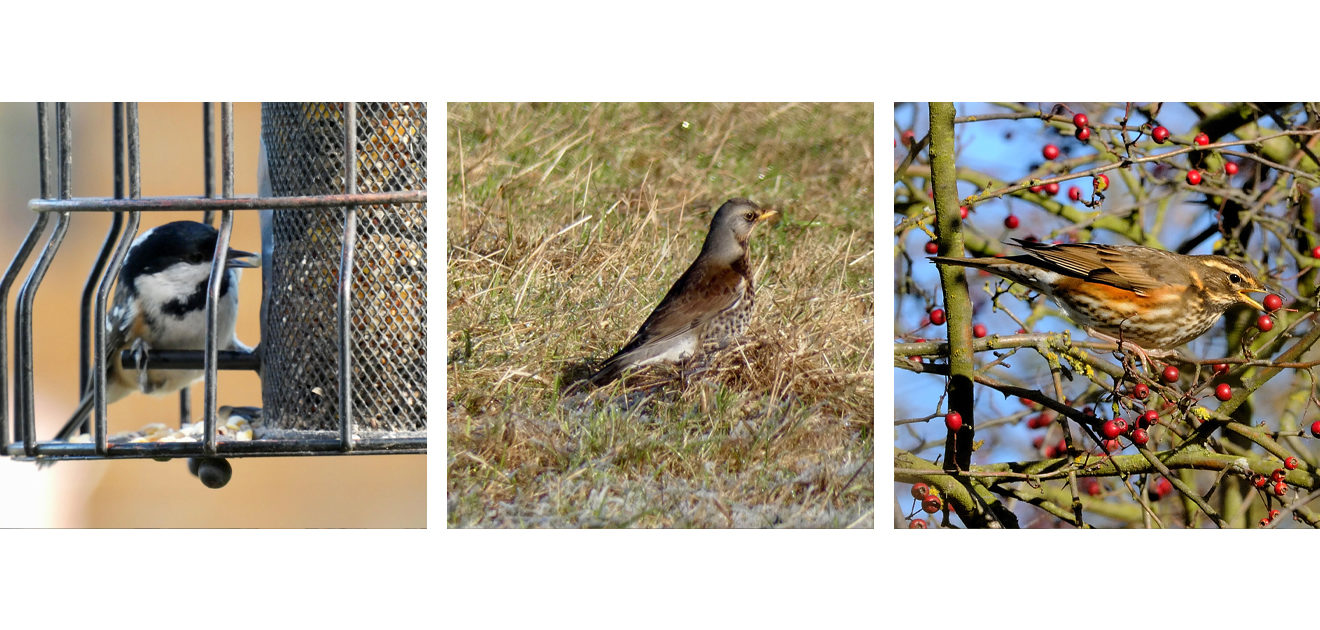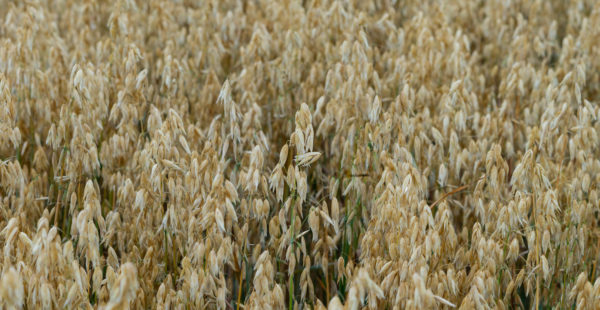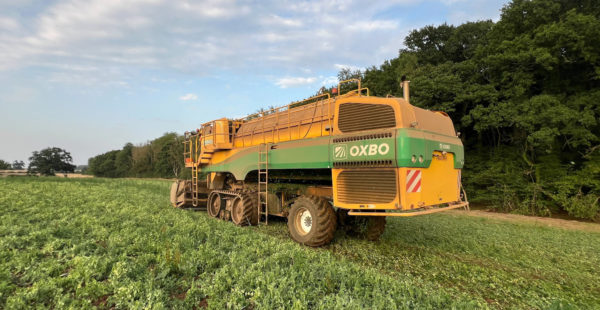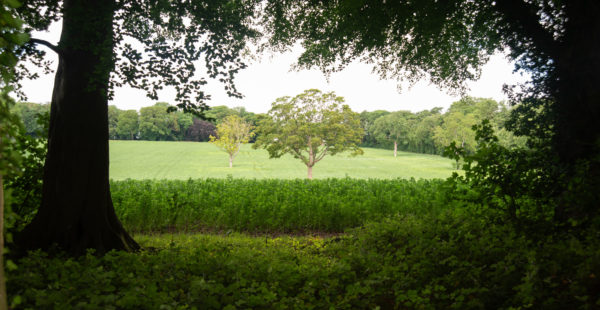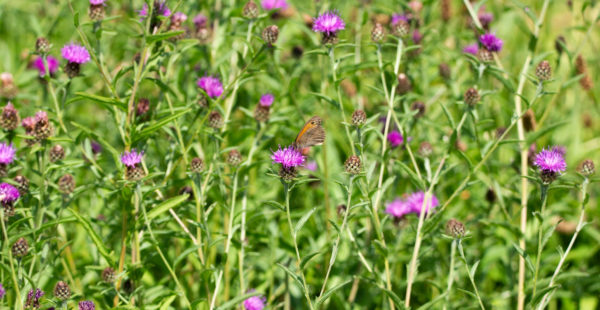A Week on the Estate: Chilly Roofing, Stocky Finches & Citizen Science
We hope you’ve enjoyed this week’s reprieve from the memorably chilly weather that defined the New Year. It’s a sign of the times that temperatures that would once have been unremarkable in January are now newsworthy. According to the Met Office, in the last decade the UK has averaged 14 fewer days of frost per year when compared to the period 1961-1990.
December’s mildness made January feel particularly chilly. Since then, the jetstream has kinked and remained well south of the UK, and low-pressure systems have been stuck in continental Europe, giving us a taste of Arctic weather. High pressure will remain in charge for a week or two, albeit with plenty of cloud to keep frost at bay. At the time of writing, we have a welcome glimpse of sunshine and a temperature range of 9C-6C, but by Saturday we’ll have highs of 3C, lows of -2C and thick overcast.
You think you’ve been cold! Spare a thought for the hard-working chaps giving South Ormsby Hall’s roof a thorough going-over. You may have noticed that the Hall is sporting an overarching, covered scaffolding structure. This will protect the Hall’s internal structure from the elements while the roof and walls get the TLC they need to keep our heritage vibrant and secure for generations to come.
Undeterred by the chill, Jacqui Rhodes did a spot of bird-photography at her Estate home last weekend and she spotted a rare and special visitor to her garden. The small bird with the big bill (below) is a female hawfinch (Coccothraustes coccothraustes). This stocky finch is around twice the weight of a chaffinch and sports an outsize bill just right for breaking into hard-stoned fruit.
The hawfinch is red-listed due to a drastic UK population decline, with the whole sedentary British population estimated at only 500 pairs by the BTO. We don’t know if this bird is native or one of the 10,000+ winter migrants that visit from Scandinavia. Either way, it’s pretty special and we’re clearly doing something right. Jacqui also spotted coal tits, great tits, blue tits, nuthatches, blackbirds, a great spotted woodpecker and a photo-bombing squirrel, plus a fieldfare in our parkland, just over her garden fence.


